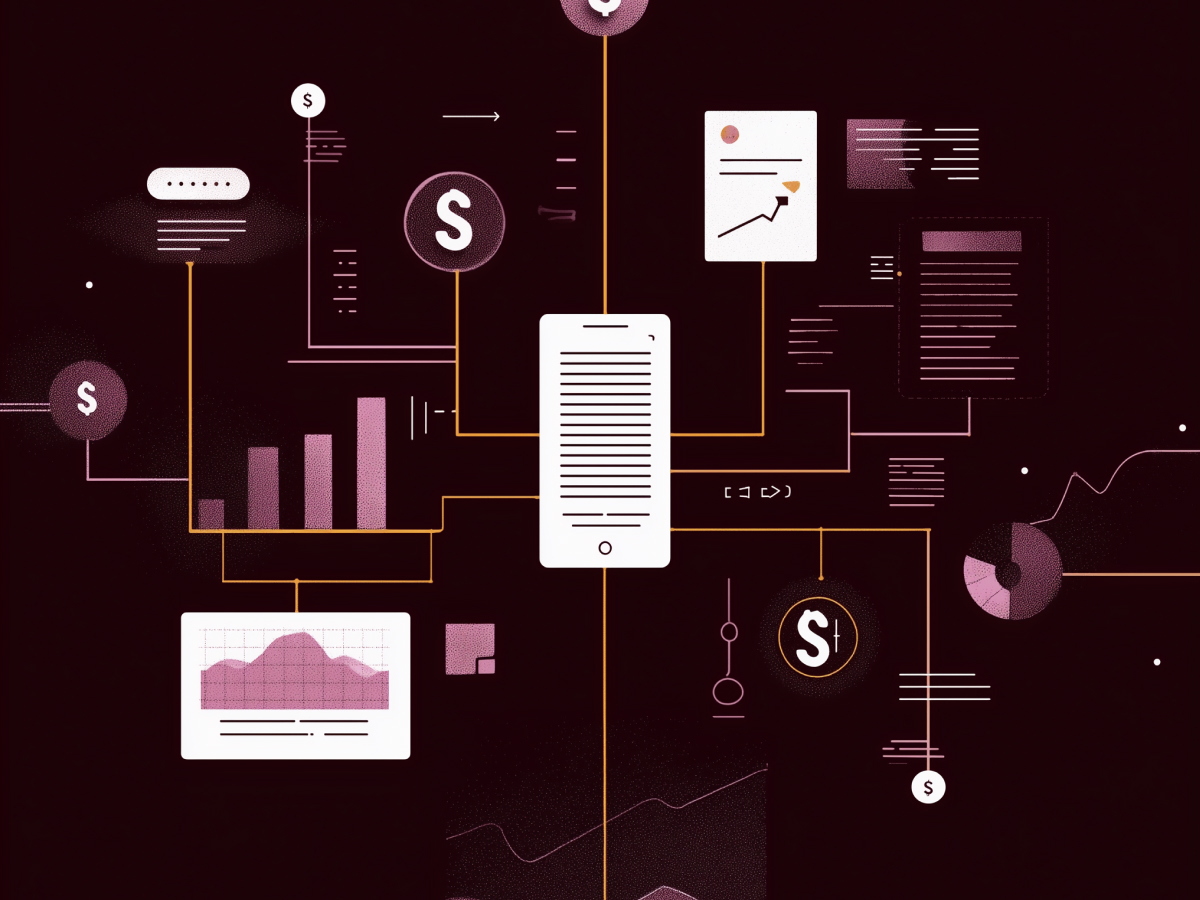Skills and certifications are increasingly prioritized over degrees in IT hiring
We’re seeing a shift in how companies think about talent in tech. Businesses are no longer prioritizing academic credentials by default. What matters more, and rightly so, is proven ability. Can someone build, fix, optimize, deliver? If the answer is yes, it makes little difference whether the competence came from a university, a bootcamp, or from learning on the job. The best developers I’ve worked with didn’t start out with degrees in computer science, they started by solving real problems and learning as they went.
Across the IT landscape, hiring is becoming less about checking boxes and more about impact. Technical certifications now carry real weight because they verify specific, up-to-date skill sets. A degree might indicate general exposure, but certifications and real-world experience show you can do the work today. Especially for roles like cloud engineering, cybersecurity, DevOps, or data engineering, skills-based hiring gives companies a direct line to performance-ready professionals.
That said, the relevance of academic degrees hasn’t vanished entirely. Some senior or executive IT roles, particularly those requiring broad strategic oversight, still ask for formal degrees. But this is changing. More organizations are realizing that leadership comes from capability, adaptability, and vision, not necessarily from how long someone spent in school.
For decision-makers, the lesson is simple. Adjust your hiring playbook. Elevate skills over background. Develop pathways for continuous upskilling instead of waiting for the perfect résumé. This kind of approach unlocks talent from unexpected places, and builds teams that adapt faster, cost less to train, and are more aligned with how your company actually operates.
Letting go of degree-first thinking is a step forward, not a compromise. The goal is to hire people who can deliver outcomes. That’s what moves the needle.
AI-driven demands are prompting organizations to repatriate cloud infrastructure
The point of cloud was always scale and flexibility. But the game changes when AI comes into play. Training large models, processing massive datasets, and running inference at speed demand serious compute, GPUs, high-bandwidth networking, and extremely fast storage. These aren’t cheap in the cloud, especially if utilization is constant or near-constant. What used to be cost-effective starts breaking under the pressure of performance-intensive workloads.
InfoWorld reported this trend, and the data confirms it. IDC’s June 2024 survey found that roughly 80% of IT decision-makers plan to bring some part of their compute or storage infrastructure back in-house over the next year. That’s not a minor signal, it marks a strategic shift. What’s happening isn’t about abandoning the cloud. It’s about optimizing for use case. You keep elasticity where it makes sense, web apps, testing environments, cyclical demand, and reclaim control where performance and cost predictability are critical.
If you’re leading infrastructure strategy, this should hit your radar now. Running AI on-premises doesn’t just reduce variable costs; it also gives you better control over latency, data residency, and regulatory compliance. You can fine-tune performance directly against hardware, without abstracting away the critical layers. That’s something some cloud services still can’t match at scale.
The cloud won’t disappear. It will evolve. Hybrid deployments are becoming the norm, public cloud where it fits, on-prem where it matters. Smart leaders are moving early, reassessing total cost of ownership, and drawing sharper lines around what should be hosted where. This is strategic edge, not regression. It’s clarity over convenience. It’s recognizing that infrastructure can’t stay static in an environment that demands flexibility and raw power at the same time.
Python continues to be the language of choice
Python isn’t the fastest language, and it’s not trying to be. What it does exceptionally well is lower the barrier to entry while remaining powerful enough for complex tasks. It offers readable syntax, a massive range of libraries, and compatibility across stacks. That combination means faster iteration and broader adoption, two things that matter when building products quickly and scaling teams globally.
Python’s popularity isn’t just hype, it’s sustained by how it delivers in real-world development. From automation to data science and machine learning, developers choose Python because they can write less code, onboard others quickly, and spend more time solving problems than fighting syntax. With version 3.14 now in beta, we’re seeing deliberate improvements tied directly to developer requests. Features like deferred annotations, better error messages, and an enhanced debugger aren’t cosmetic, they’re focused on usability and precision, which keeps the language aligned with evolving development demands.
For C-suite leaders, this isn’t just a discussion about developer preference. It impacts talent acquisition, time-to-market, and technical debt. Investing in a Python-based stack can mean quicker MVP cycles and more flexible cross-functional development, especially in areas involving AI and data processing. The availability of tools and frameworks (like TensorFlow, Pandas, and FastAPI) translates into faster builds and more capability out of the box.
The strength of Python lies in adoption. Broad usage means a deeper talent pool, more community-driven resources, and stronger long-term support. That reduces risk over time. Choosing a language isn’t just a technology decision; it affects hiring velocity, onboarding, and execution. Python continues to dominate in these areas not because it overwhelms with performance, but because it consistently delivers where it counts.
Key takeaways for decision-makers
- Skills-first hiring is gaining ground: Leaders should prioritize skills-based hiring and certifications over formal degrees, especially for technical and mid-level IT roles, to access a more agile and capable talent pool.
- AI is reshaping infrastructure strategy: Executives should reassess cloud use, as AI workloads are driving repatriation of compute and storage to on-prem for better cost control and performance under heavy processing demands.
- Python remains a strategic development asset: Leadership teams building data, automation, or AI capabilities should continue leveraging Python for its developer accessibility, ecosystem depth, and rapid time-to-solution advantages.





